The thought of mastering flight and flying above the skies appeals to a lot of individuals.In India, this aim is not unattainable, nevertheless, it does require a unique blend of zeal, knowledge, skill, and adherence to regulations. This thorough manual seeks to clarify the steps needed to fulfill the desire to become a pilot.
1. Meeting the Eligibility Criteria:
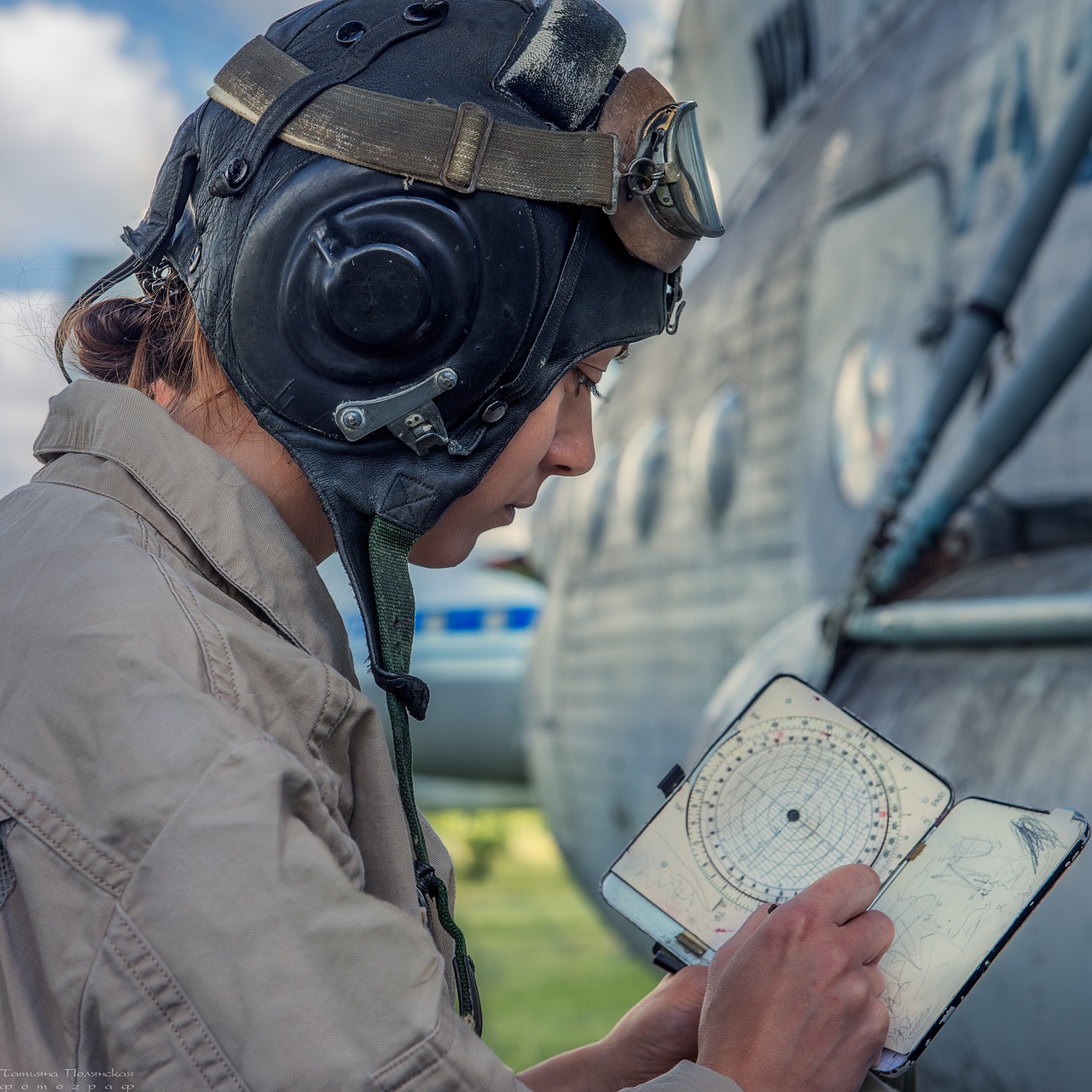
Meeting specified qualifying requirements is a requirement before traveling as a pilot. In general, you must complete your 10+2 education with a strong emphasis on science disciplines, notably Physics and Mathematics, if you are serious about becoming a pilot. You can lay the foundation for your aviation skills with the aid of subjects like aerodynamics, navigation, and flight mechanics.
It's also crucial to keep good physical health and adhere to age constraints. It's crucial to keep in mind that various aviation institutions' qualifying requirements may range slightly from one another. The exact prerequisites of the aviation academy you are interested in are crucial to fully understand.
2. Choosing the Right Pilot License:
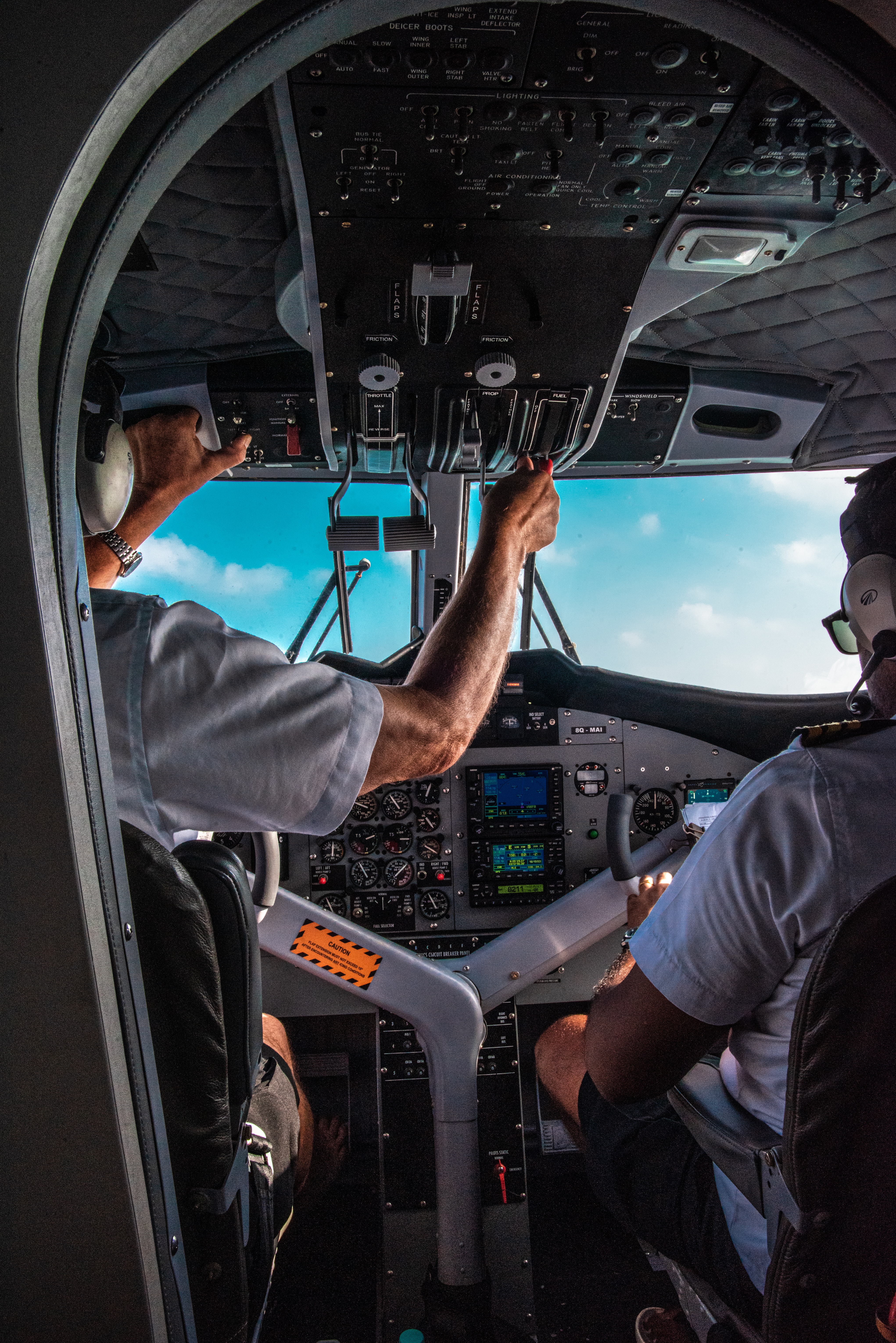
The two primary licenses in Indian aviation are the Commercial Pilot Licence (CPL) and the Airline Transport Pilot Licence (ATPL). The CPL certifies you to fly for business purposes, which is necessary if you wish to work for an airline or a charter service. A more advanced license, the ATPL, on the other hand, allows you to fly as a multi-crew aircraft commander, a prominent role in aviation.
The license you select will affect the training you'll need to complete and the certifications you'll need to get. Making an informed choice requires having a clear grasp of your career goals and the kinds of flying experiences you are looking for.
3. Enrolling in a Reputable Flying School:

Selecting the right flying school marks the beginning of your pilot training journey. When it comes to India, then it is home to several prestigious aviation academies, each of which provides specialized training courses and resources. Institutions like Indira Gandhi Rashtriya Uran Akademi (IGRUA), National Flying Training Institute (NFTI), and Bombay Flying Club have a strong reputation for producing skilled pilots.
Here, comprehensive homework is crucial. Look into the training curriculum, available resources, the fleet of training aircraft, and the expertise of the instructors. Your choice of a flying school will have a significant impact on the quality of your education as it shapes your ability and helps in to pursue a fulfilling pilot career.
4. Balancing Academic and Practical Training:
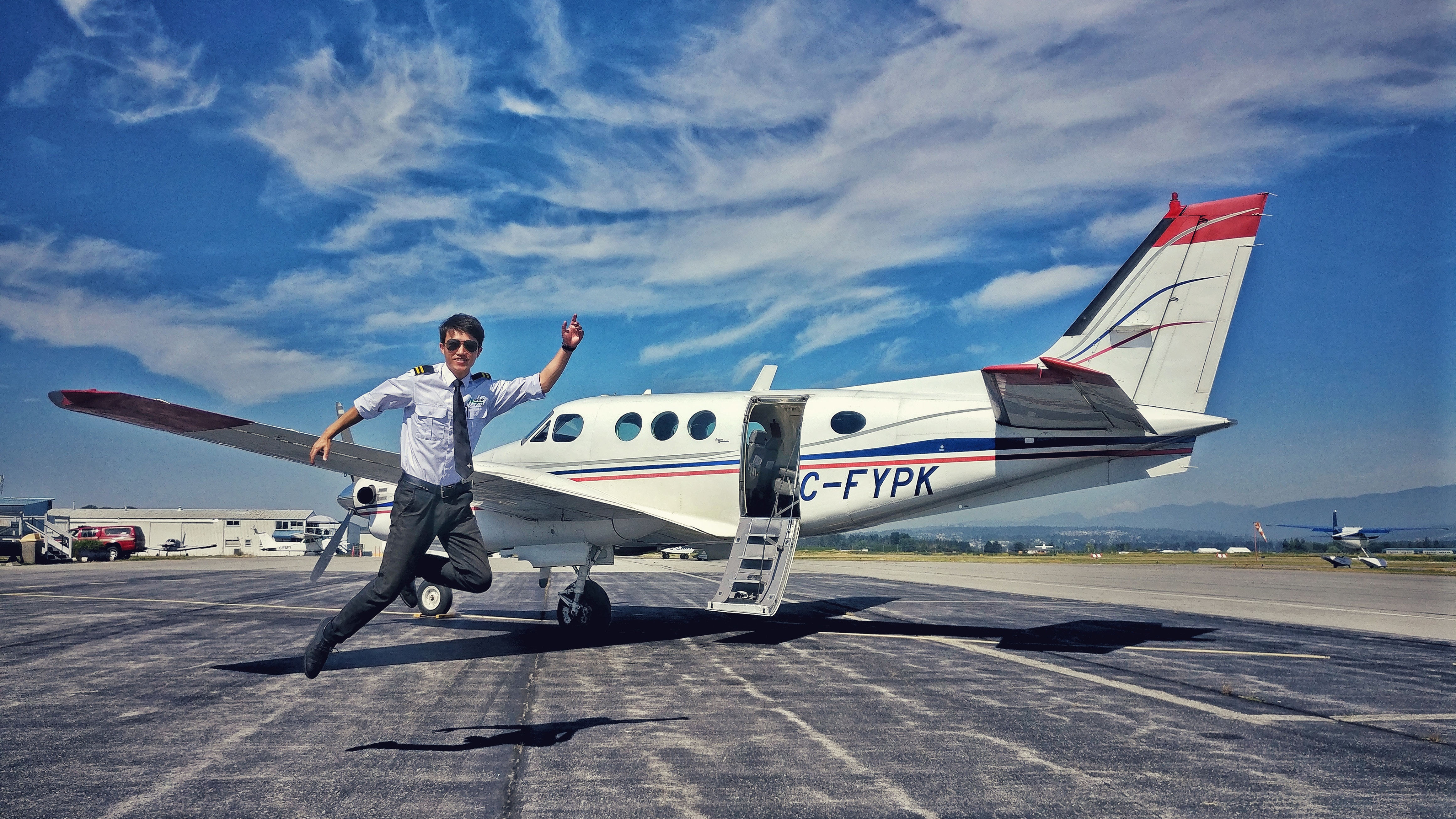
Theoretical and practical elements are both included in pilot training. Topics like aviation laws, aerodynamics, meteorology, navigation, and aircraft systems are covered in theoretical training. The appreciation of aviation's technological complexity and a thorough grasp of aircraft operations depend on this theoretical underpinning.
However, the real essence of piloting lies in practical training. By giving you practical experience, flight simulators and actual flight time on training aircraft enable you to apply theoretical knowledge to practical situations. As you progress from single-engine to multi-engine aircraft, your confidence and competence will steadily grow.
5. Accumulating Flying Hours:
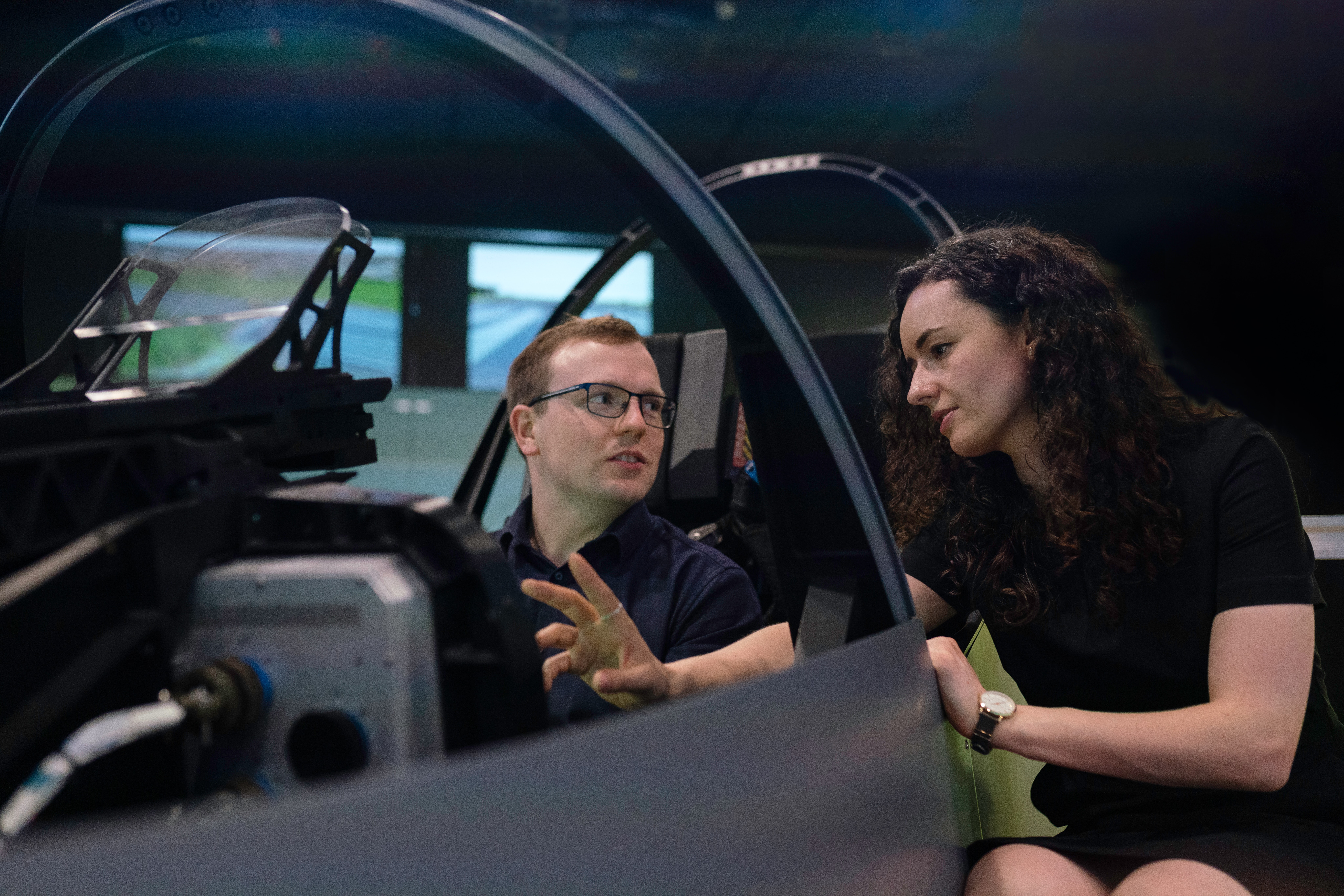
An important part of your trip is gaining flying experience. To qualify for a CPL, a minimum of 200 flight hours is required. These hours include both solo and dual flight time. You'll enjoy the excitement of taking command while perfecting takeoffs, landings, navigation, and managing various flight circumstances during this phase.
It is during this stage that theory and practice come together, fusing academic learning with the reality of flying. You become one step closer to realizing your ambition of becoming a licensed pilot for every hour you spend in the cockpit.
6. Passing Rigorous Medical Examinations:

Thorough medical examinations are required because flying is such a demanding profession therefore a range of medical conditions, including your hearing, vision, cardiovascular health, and general physical fitness are evaluated. The Directorate General of Civil Aviation (DGCA) has approved licensed medical examiners to conduct these medical examinations. Not only is maintaining good health important for getting your pilot's license, but it's also important for your job as a pilot after you get it. Your ability to fly an airplane safely and effectively is directly impacted by your physical health.
7. Attaining the Necessary Licenses:

The culmination of your training journey arrives when you're ready to apply for your CPL or ATPL, this phase consists of several written exams, flight proficiency tests, and a thorough evaluation of your knowledge and flying skills by the DGCA. As the regulatory authority for civil aviation in India, the DGCA ensures aspiring pilots meet stringent standards for safe flight operations.
Your theoretical understanding, practical expertise, and unshakeable commitment are combined at this level. Getting your pilot's license is more than just a sign of personal success, it also demonstrates your commitment and hard work to aviation excellence.
8. Gaining Experience and Cultivating Your Career:
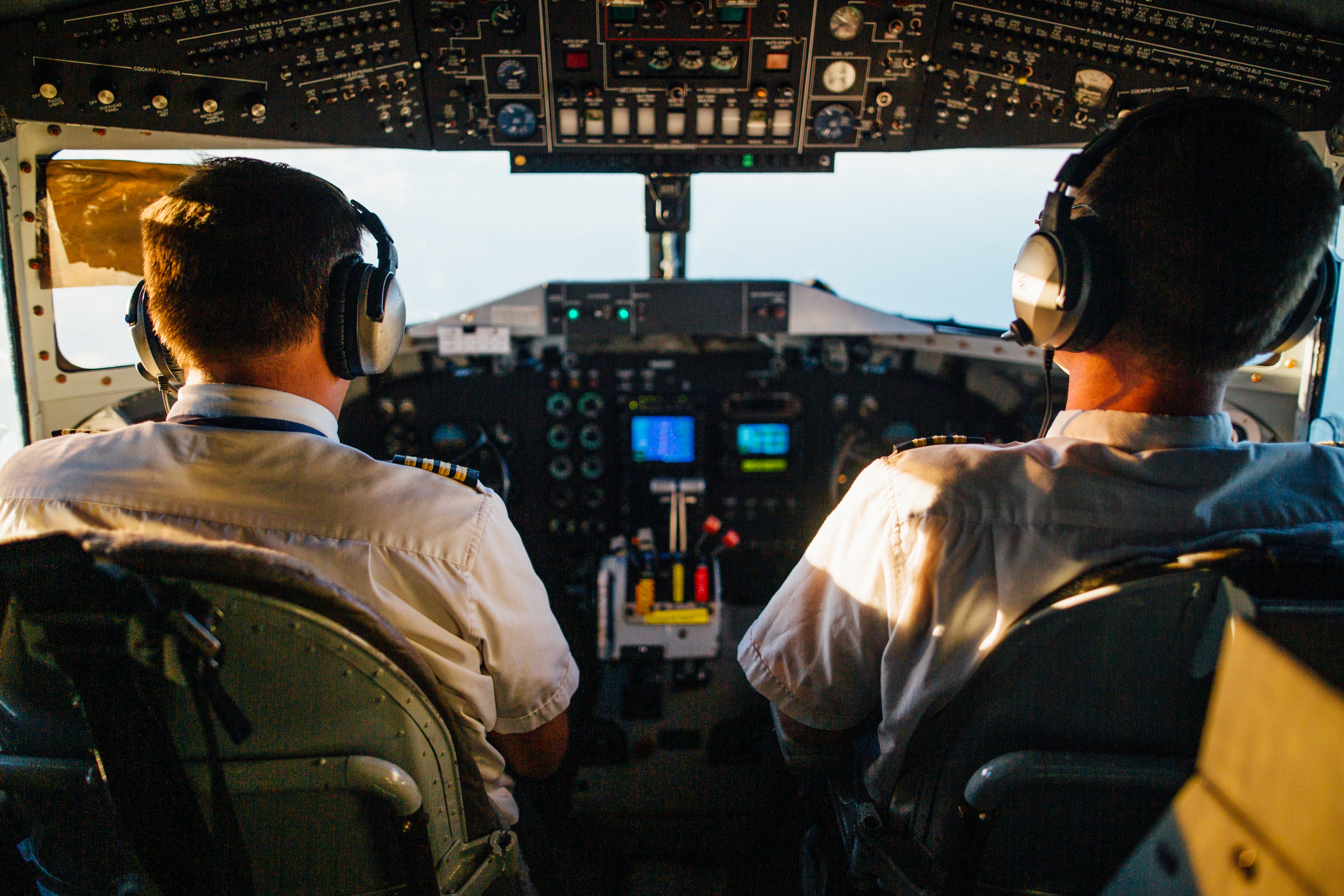
With your CPL or ATPL in hand, you're set to embark on your pilot journey. Many pilots initiate their careers as First Officers with regional airlines or charter services. When you gain flying hours and hone your abilities with the help of Captain, this phase offers a priceless experience.
You'll advance to more esteemed positions with major airlines as you keep putting in the work and proving your worth. This trip exhibits your commitment and determination as you negotiate the challenging aviation industry climate.
9. Embracing Lifelong Learning and Adaptability:
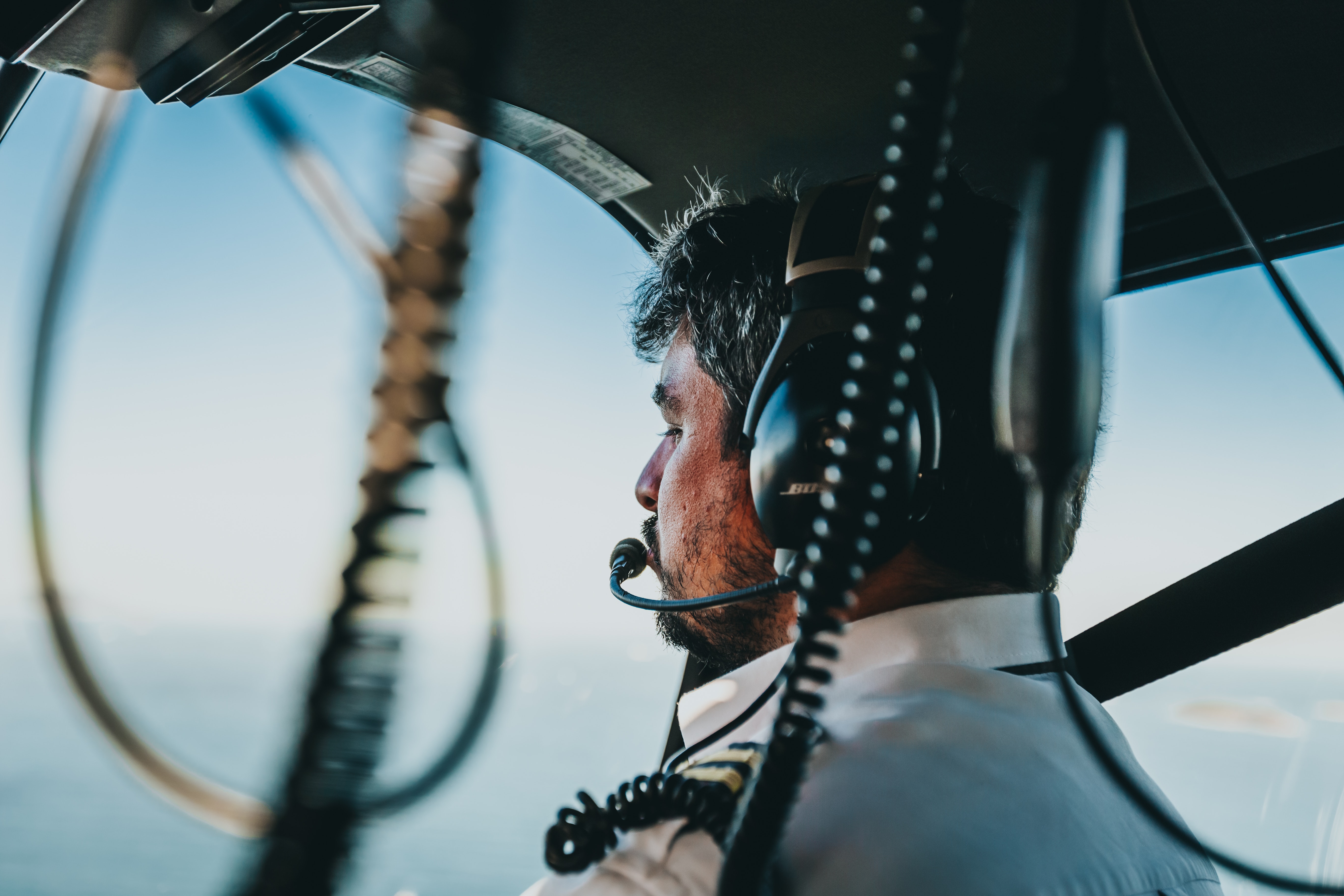
Due to new developments in technology, changing legal requirements, and improving safety protocols, the aviation industry is always changing. If you want to succeed as a pilot, it's imperative to stay current on industry trends, legal requirements, and administrative processes. Attend seminars, workshops, and training sessions to maintain honing your knowledge and skill set. Additionally, flexibility is crucial. Being quick to adjust ensures that you will remain a skilled pilot throughout your career, regardless of whether the change is environmental, operational, or technical.
10. Ascending to New Heights:
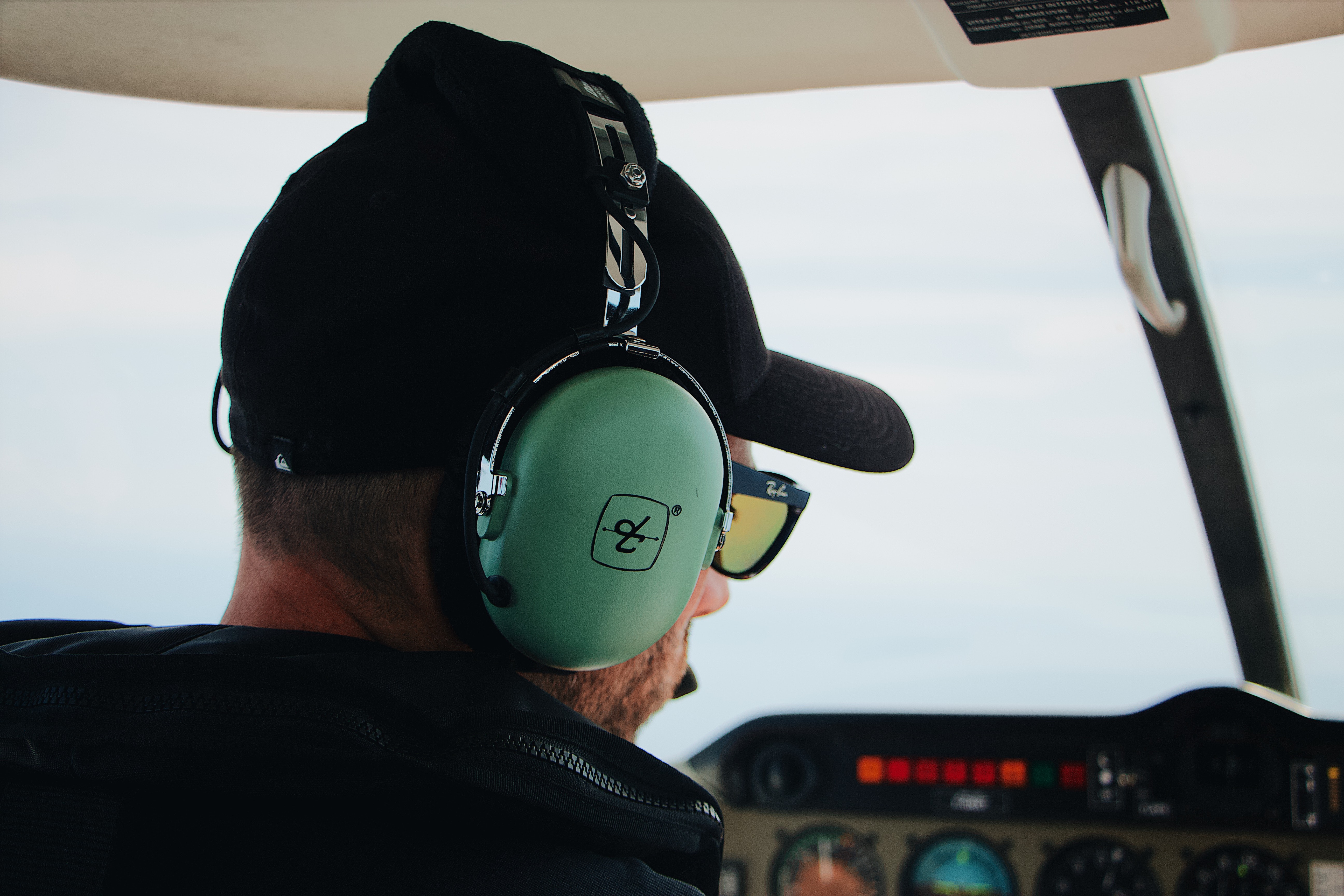
Embarking on the journey to become a pilot in India transcends mere career aspirations; it's about realizing a lifelong passion. A great love for the art of flight, unwavering commitment, and an insatiable curiosity characterize the voyage. As you navigate eligibility criteria, license selection, training institution, rigorous training, and flight hours accumulation, remember that each step propels you closer to your aspiration.
The Indian skies eagerly await those who dare to dream, those who dare to embrace the pilot's path. By following the meticulously outlined steps in this guide and approaching every challenge with unwavering resolve, you're on the brink of transforming your dream into a breathtaking reality. A reality where you command the aircraft, explore the uncharted and etch your story into the ever-evolving narrative of aviation history.
The journey to becoming a pilot in India is a fusion of exhilarating flights and devoted education. From grasping science fundamentals to choosing your license, from prestigious flying schools to the cockpit's embrace, this journey weaves a tapestry of passion, perseverance, and precision.
Remember as you approach the beginning of your pilot career that you are walking into a world of limitless opportunities, not simply a vocation. Possibilities that involve touching the sky, bridging distances, and shaping the experiences of your passengers. By comprehending and embracing the process mapped out in this guide, you're at the threshold of transforming your dream into a vivid, electrifying reality—a reality where the sky isn't the limit; it's the start of an extraordinary adventure.